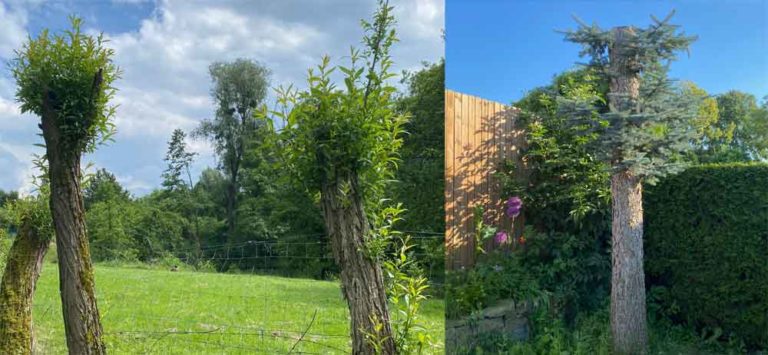
Are all forests doomed to die?
![]()
Von
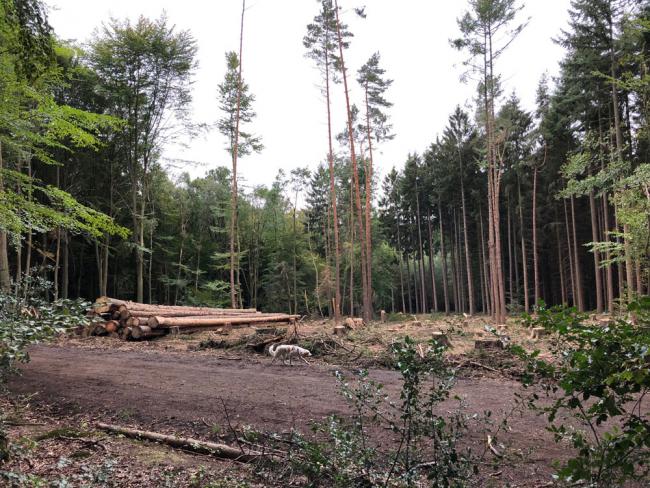
I have always loved taking long walks through the woods – to find some relief from stress enjoying the beauty of nature. As a young man I was very lucky to be educated in Sherwood Forest and I probably have worked on some trees which were already there when Robin Hood was still around.
Sherwood Forest benefits very much from the fact that this forest has not been exploited by the wood industry for financial interest. Lots of different species of trees were planted or were allowed to grow randomly throughout the centuries. If you walk through the woods of North Rhine Westphalia or the Westerwald region you see the tremendous damage the climate change has already done. Longer periods in summer with temperatures above 30°C are extremely stressful to trees. Root hairs die back, and minerals can no longer be transported up into the crown. The tree loses its resistance against fungi and bacteria and can no longer fight parasites. But even a weakened tree continues to grow and gains more mass. While the structure of the wood becomes increasingly brittle massive branches may break and fall down any time – completely unexpectedly to the untrained eye because of their still healthy appearance.
Especially at risk are spruces and many evergreens. Within five years after the initial damage spruces start to show the first severe signs of harm. Deciduous trees are more resistant. With broadleaf trees it can take up to 15 years before the heat damage becomes evident.
This shows how wrong the forest industry was planting fast-growing trees like spruce as a monoculture. And even worse: In a group trees protect each other standing shoulder to shoulder. But as soon as one or two die, this leaves gaps in the group open to wind blow storm damage. Once one tree is tree is down the others standing close to that tree will soon become victims of the next heavy storm.
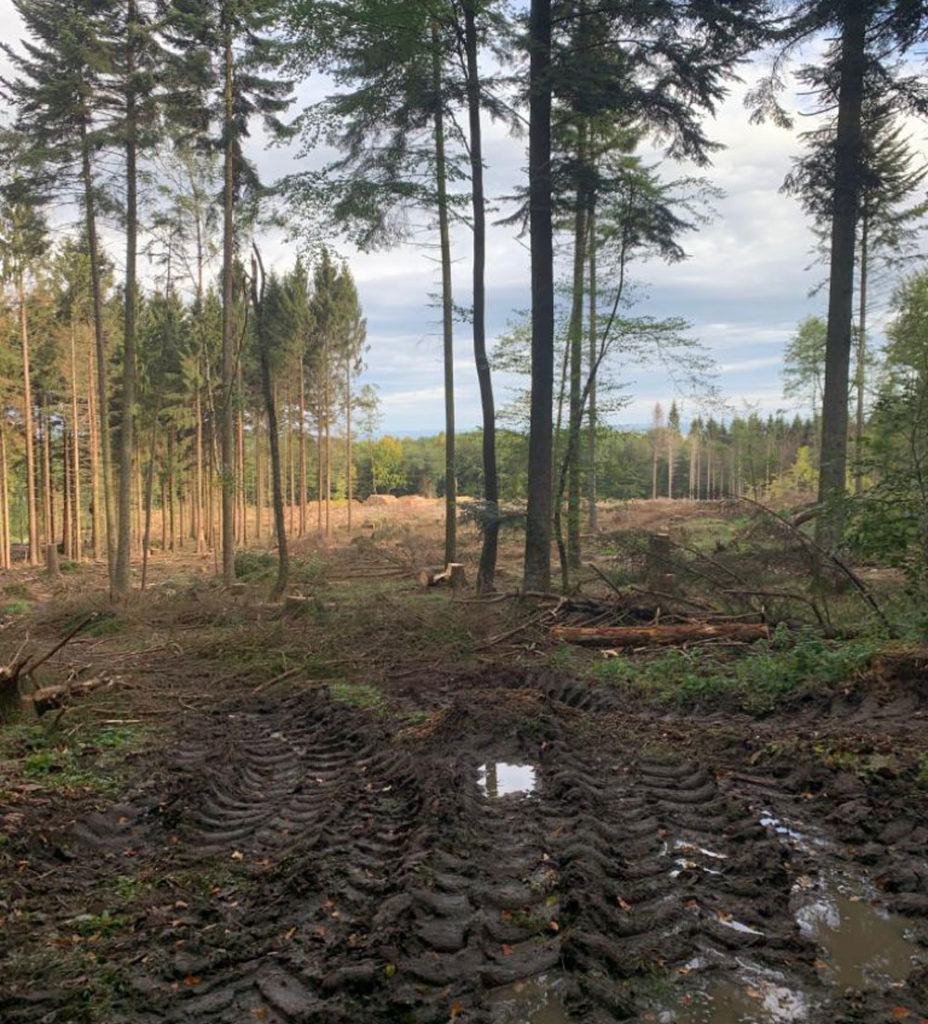
Soil compression and root damage due to heavy machinery of the forest industry also contribute to those trees not having much of a chance to survive. The health status of most German forests is more than sad and alarming. But this also offers a chance for a new and better restart. Instead of spruces broadleaf trees are now being planted. The fast growing douglas tree with its deep roots is also far better suited to withstand the climate change than any beech, birch or larch tree.
But what can you do, if you are worried about the health condition of your own trees and hedges?
In the 2nd part of this blog I will discuss what you can do to best secure your trees’ health and resistance and how we can actively support you helping your trees to survive.

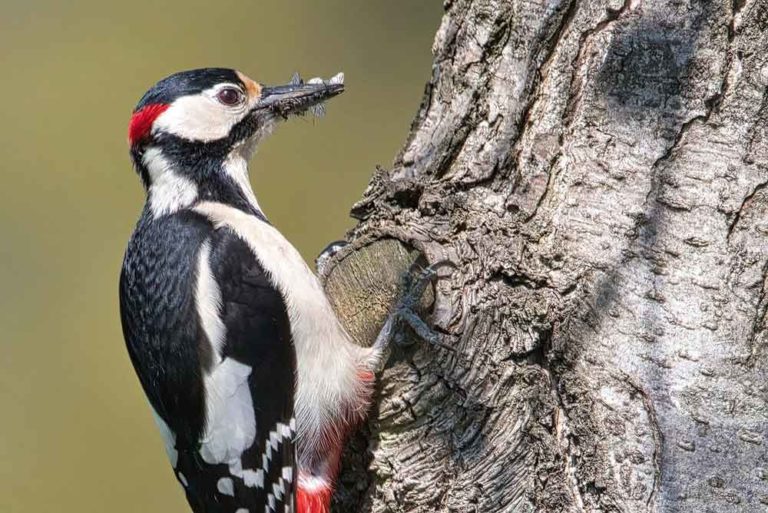

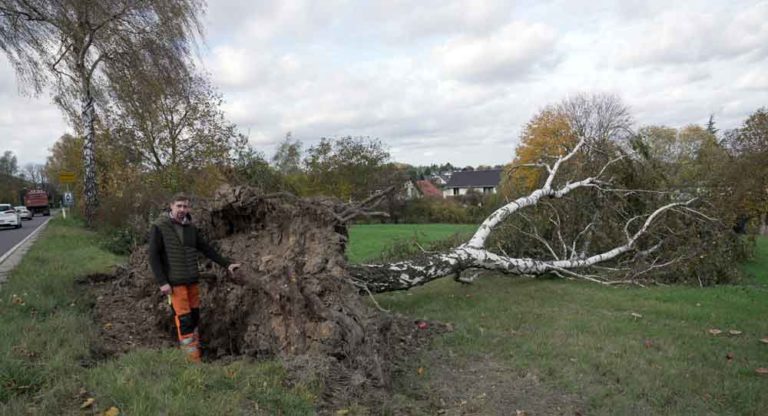





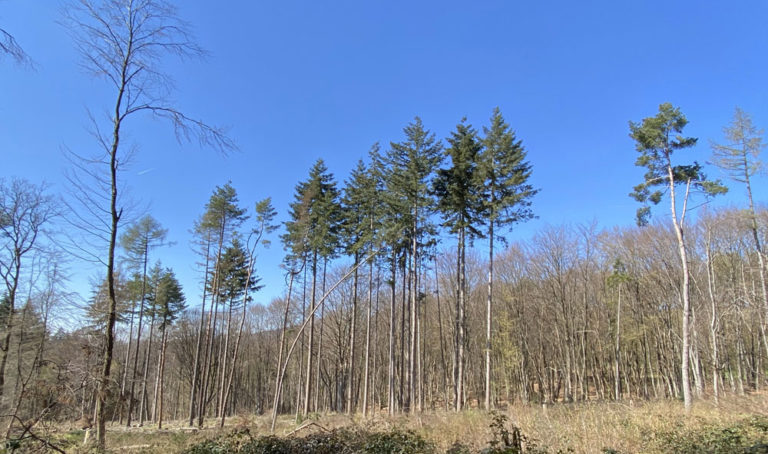
Leave a Reply